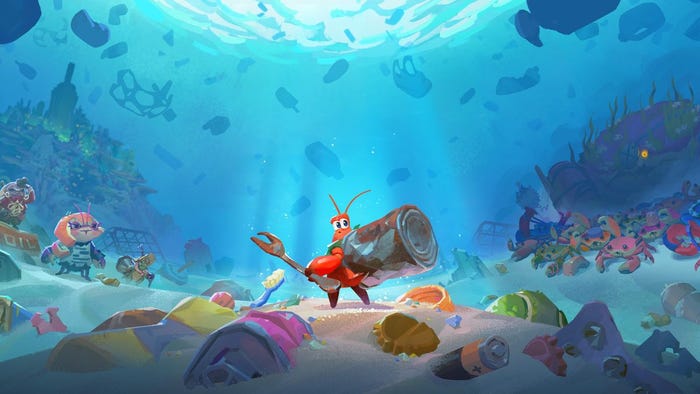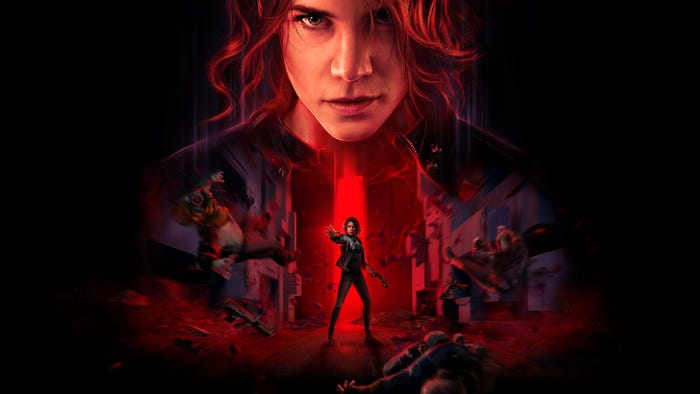The evolution of water rendering in video games
A new video by Digital Foundry dives into the evolution of video game water rendering beginning with 8-bit and 16-bit waves.

"It's fair to say that water looks great in most games released today. But if you dive back into the early days of gaming, water is one of those things that has always been difficult to get right."�
- John Linneman of Digital Foundry discussing the evolution of water rendering in video games.
Water levels in video games may get a lot of flak, but the technology behind how H2O is rendered has only improved over time.
A recent video published by Digital Foundry dives into the evolution of video game water from 8-bit all the way to 3D.
Part one of the two-part showcase covers the history of water rendering in games starting from the early '90s, where Linneman discusses how water in the early days of gaming was relatively simple in design.
"Most games from the era [are] relying on a combination of appropriate scenery tiles, suitable color palette, and modified controls used to simulate buoyancy," he explains. "There are basically three elements which make up the display of water in games."
First there's the visual element, which focuses on the water's surface (including animation and reflection of light), the wave patterns, and the rendering of underwater segments. He notes that some games focus on just one element, while others attempt to simulate all of them.
Linneman refers to Batman Beyond: Return of the Joker for the Nintendo Game Boy as an example of an older game focusing on a single element when it came to rendering water.
"The programmers utilized a pair of tricks to create an impressive water ripple effect," he explains. "In this case, lines are manipulated in groups of two allowing the developers to create a warping effect as if the water were passing in front of the scenery."
"This is combined with flickering, where the water is blanked out every other frame," he adds. Combined with the slow pixel response of the original Game Boy's LCD, it helped give the impression of transparency since the screen couldn't update fast enough between frames.
The episode is part of a longer look into how several games throughout the years have rendered water, so be sure to watch the entire video over at Digital Foundry.
About the Author(s)
You May Also Like









